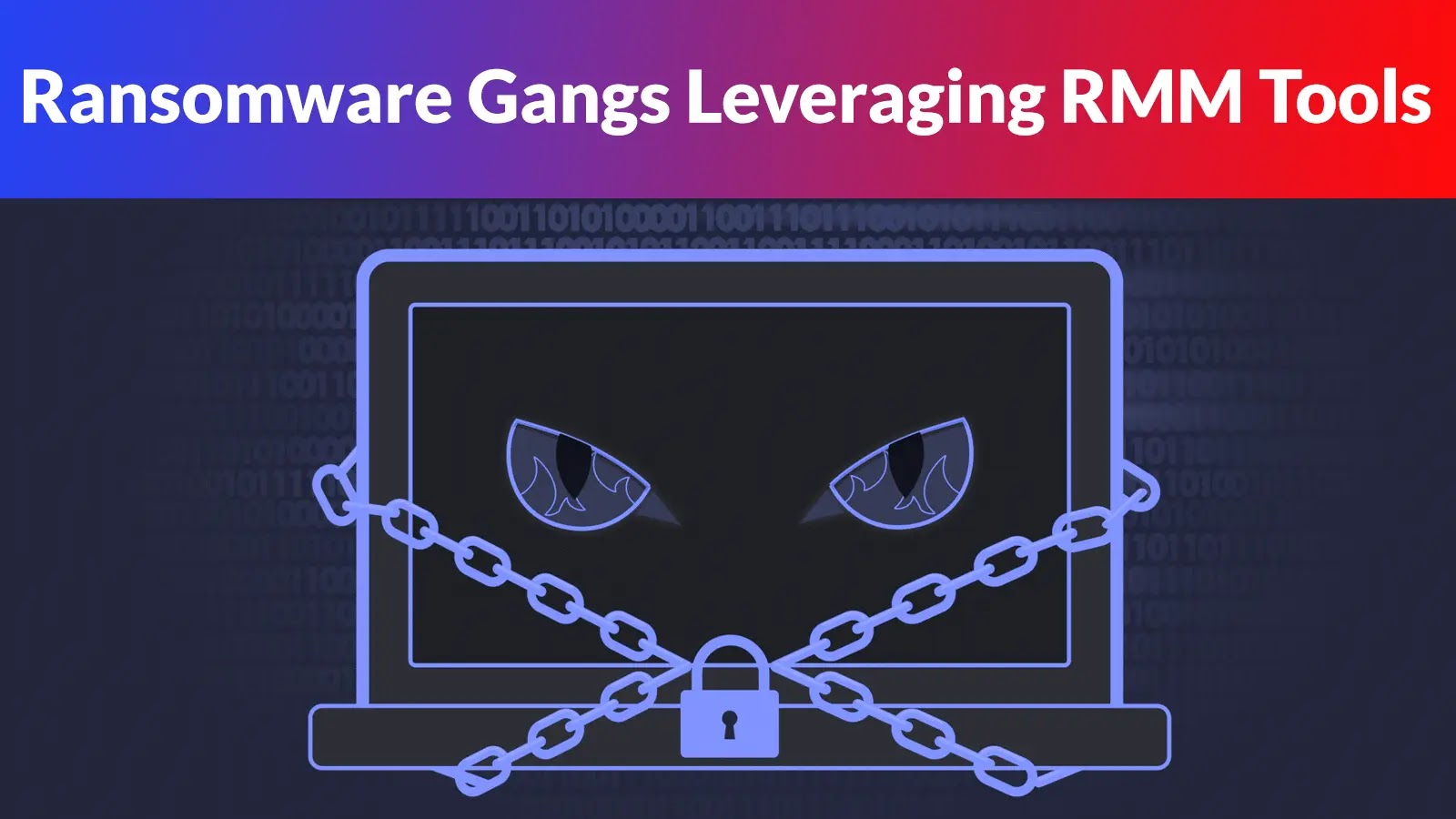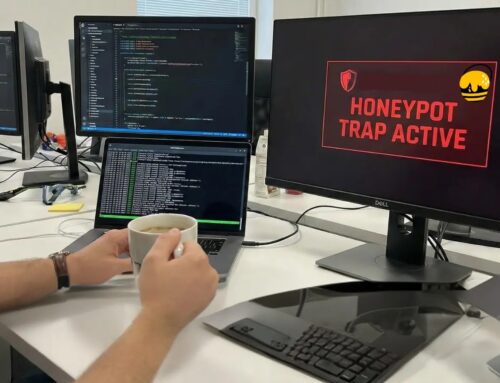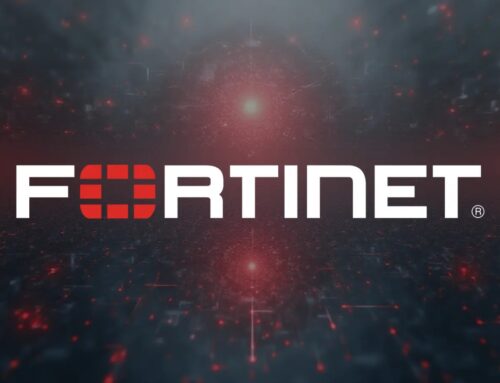
Ransomware Gangs Leveraging RMM Tools to Attack Organizations and Exfiltrate Data
Ransomware Gangs Weaponize RMM Tools: A New Era of Targeted Cyberattacks
Once the silent workhorses of IT departments, Remote Monitoring and Management (RMM) software has become ransomware gangs’ latest weapon of choice. These powerful tools, designed to streamline IT operations, provision patches, and troubleshoot remotely, are now being repurposed by threat actors. Their built-in trust mechanisms, elevated privileges, and encrypted communication channels offer a direct and privileged pathway into organizational networks, enabling data exfiltration and devastating ransomware deployments. This shift marks a significant escalation in the ransomware threat landscape, demanding immediate attention from IT and security professionals.
The Undeniable Appeal of RMM Tools for Threat Actors
RMM tools offer a perfect storm of capabilities for ransomware gangs, effectively turning an organization’s own infrastructure against itself. Threat actors leverage features inherent to RMM software to achieve their malicious objectives:
- Built-in Trust: RMM agents are typically whitelisted and trusted by network security solutions due to their legitimate operational role. This allows attackers to bypass traditional perimeter defenses and establish persistent footholds.
- Elevated Privileges: For effective systems management, RMM tools operate with high-level access, often system or administrator privileges. Once compromised, this grants ransomware gangs the necessary permissions to disable security measures, deploy malware, and exfiltrate sensitive data.
- Encrypted Tunnels: RMM communication channels are inherently encrypted to secure remote management sessions. Attackers exploit these tunnels to obfuscate their malicious traffic, making detection and interception significantly more challenging for defenders. They can ferry command and control (C2) communications and exfiltrated data undetected.
- Ubiquitous Deployment: RMM software is widely deployed across enterprises of all sizes, from small businesses to large corporations, making it a lucrative target with a broad attack surface.
Attack Vectors: How RMM Tools Are Compromised
While the exact methods vary, ransomware gangs typically compromise RMM tools through a combination of:
- Supply Chain Attacks: Targeting the RMM providers themselves or their update mechanisms can allow attackers to inject malicious code directly into the legitimate software.
- Exploitation of Vulnerabilities: Weaknesses in the RMM software or its associated infrastructure (e.g., unpatched servers, weak authentication) can be exploited. While specific CVEs linked directly to widespread RMM software exploitation for ransomware haven’t been broadly published for recent attacks, vigilance for general software vulnerabilities (e.g., arbitrary code execution, authentication bypasses) applies.
- Stolen Credentials: Spear phishing or brute-force attacks against IT staff can yield legitimate RMM credentials, granting attackers direct access to the management console.
- Malicious Updates/Downloads: Tricking users into downloading compromised RMM client software or updates from seemingly legitimate sources.
The Dual Threat: Data Exfiltration and Ransomware Deployment
The use of RMM tools by ransomware gangs is particularly insidious because it facilitates a two-pronged attack:
- Data Exfiltration: Before encrypting systems, attackers use their privileged access to locate, compress, and exfiltrate sensitive organizational data. This ‘double extortion’ tactic is highly effective, as victims face not only system downtime but also the threat of public exposure of their confidential information.
- Ransomware Deployment: With unhindered access and elevated privileges, attackers can effortlessly deploy ransomware payload across the network, targeting critical servers, workstations, and backups, leading to widespread operational disruption.
Remediation and Mitigation Actions
Defending against RMM-enabled ransomware attacks requires a multi-layered and proactive strategy. Organizations must assume their RMM infrastructure is a high-value target and secure it accordingly.
- Strict Access Controls and Least Privilege:
- Implement strong, unique passwords and enforce Multi-Factor Authentication (MFA) for ALL RMM user accounts, especially administrative ones.
- Apply the principle of least privilege: RMM users and agents should only possess the minimum necessary permissions to perform their legitimate functions.
- Regularly audit RMM user accounts and remove inactive or unnecessary accounts.
- Network Segmentation:
- Isolate RMM infrastructure (servers and agents) on dedicated network segments, separate from critical business systems and data.
- Implement strict firewall rules to limit communication to only necessary ports and protocols for RMM operations.
- Regular Patching and Updates:
- Maintain a rigorous patching schedule for all RMM software, operating systems, and underlying infrastructure to address known vulnerabilities promptly.
- Refer to vendor-specific security advisories and promptly apply recommended updates.
- Enhanced Monitoring and Logging:
- Implement comprehensive logging for all RMM activities, including logins, command executions, and configuration changes.
- Integrate RMM logs with your Security Information and Event Management (SIEM) system for centralized monitoring and anomaly detection.
- Establish alerts for suspicious activities, such as unusual remote invocations, mass file operations, or attempts to disable security software via RMM.
- Endpoint Detection and Response (EDR) & Antivirus:
- Ensure EDR and next-gen antivirus solutions are deployed and actively monitoring all endpoints where RMM agents are present.
- Configure EDR to detect and alert on suspicious behaviors often associated with ransomware deployment or data exfiltration, even if legitimate RMM tools are used.
- Regular Security Audits:
- Conduct periodic penetration tests and vulnerability assessments specifically targeting your RMM infrastructure and its integration points.
- Review RMM configurations for security best practices and drift from baselines.
- Incident Response Plan:
- Develop and regularly test an incident response plan that specifically addresses RMM compromise and ransomware attacks.
- Ensure your plan includes procedures for isolating compromised systems, data recovery, and forensic analysis.
Relevant Tools for Detection, Scanning, and Mitigation
| Tool Name | Purpose | Link |
|---|---|---|
| SIEM Solutions (e.g., Splunk, Microsoft Sentinel) | Centralized log collection, correlation, and anomaly detection for RMM and other systems. | N/A (Vendor-specific links) |
| Endpoint Detection & Response (EDR) platforms (e.g., CrowdStrike, SentinelOne) | Real-time monitoring, threat detection, and response capabilities on endpoints running RMM agents. | N/A (Vendor-specific links) |
| Vulnerability Scanners (e.g., Nessus, OpenVAS) | Identify unpatched vulnerabilities in RMM servers and client endpoints. | https://www.tenable.com/products/nessus https://www.greenbone.net/en/community-edition/ |
| Network Intrusion Detection/Prevention Systems (NIDS/NIPS) | Monitor network traffic for suspicious patterns, C2 communications from RMM tools, or exfiltration attempts. | N/A (Vendor-specific links) |
| Multi-Factor Authentication (MFA) Solutions | Enhance authentication security for RMM access. | N/A (Numerous providers) |
Conclusion
The transformation of RMM tools from IT enablers to ransomware facilitators underscores the adaptive nature of cyber threats. Organizations must recognize the elevated risk these essential tools now present and implement robust security measures. By enforcing strict access controls, segmenting networks, adopting continuous monitoring, and maintaining a proactive patching regimen, businesses can significantly reduce their attack surface and defend against ransomware gangs’ evolving tactics. The integrity of your IT infrastructure, and ultimately your business continuity, hinges on securing every potential entry point, including the most trusted ones.





